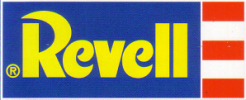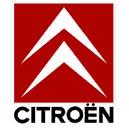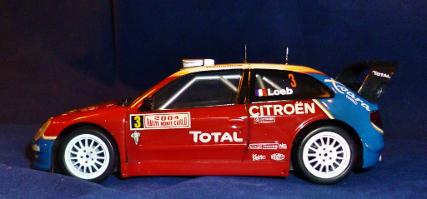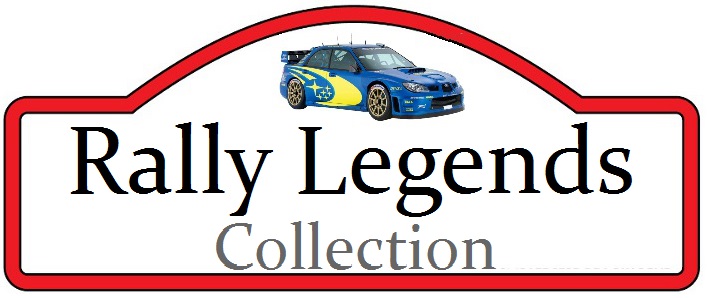
2004 Citroen Xsara WRC
On the surface Citroën’s motor racing history doesn’t seem that significant. However, when you start to dig a little deeper it quickly becomes clear Citroën has a long record of participation across many forms of motor sport, and, can claim titles galore on the world stages. From land speed records, to circuits, to off road rallying and endurance rallies, ‘Citroën’ has much to be proud of.
One of Citroën’s strengths has been its technical innovations and bravery in employing it. One of the most obvious examples of the depth of Citroën’s success in motor sports is the Xsara World Rally Championship program born out of the 1998 Citroën Xsara 2lt kit-car rally program that won the French Rally Championship for Philippe Bugalski in 1998 and 1999 (setting up the Citroën Xsara T4 and the Xsara Kit-Car to take the 2000 and 2001 French championships for Bugalski and Sébastien Loeb respectively).
Xsara kit car
Both the Citroën Xsara kit-car and World rally Car, although based around the Xsara road car, are almost scratch-built machines born out of the deep technological roots of the company’s history. The 1998 F2 ‘Kit-car’ rules provided for a naturally aspirated 2-litre engine and 2-wheel drive, but with few other restrictions the Xsara could produce so much power, reputedly some 296hp, that transferring that power to the road caused so many problems Citroën developed a traction control system operated through the electronically controlled hydraulic differential.
Easily the best in its class the compact, front-wheel-drive, Xsara kit-car not only won the championships for Bugalski but also two rounds of the 1999 WRC championship, the Rallye Catalunya and Tour de Corse.
Encouraged by the success at national level, and the two WRC overall victories, Citroën, decided to develop the Xsara into a WRC package. The new WRC Xsara would once again be an all-new car with virtually no carry over from either the Xsara F2 Kit-car or Citroën’s parent PSA Group’s existing WRC car, the Peugeot 206 WRC.
Guy Fréquelin, a former rally driving star and Citroën sporting boss, insisted the car be a new, Citroën only, WRC project. He and his team delivered a turbocharged, 2-ltr 4-cylinder engine capable of over 310hp and mated it to a 4-wheel drive layout through a 6-speed gearbox. The new Citroën Xsara T4 was good looking and with the pedigree preceding it Citroën had every reason to be confident of their new WRC challenger when it took to the stages in 2001. It was indeed a success, winning the 2001 Tour de Corse. This achievement being all the more remarkable considering that, after the prototype car was presented to the press in 2000, Citroën executives declined to further fund the operation.
2001 Xsara WRC
The Xsara WRC made its debut at the fourth round of the 2001 WRC, the Catalunya Rally, in March. The opposition were particularly strong having already ironed out the wrinkles from their cars. As Philippe Bugalski and Jesús Puras took the Xsara into the stages, they knew Peugeot, Ford, Mitsubishi, Subaru, Hyundai and Škoda were unlikely to make things easy for them.
At the end of the first day of the rally the two Citroën Xsara team cars were 1st & 2nd in the overall standings, Jesus Puras & Marc Martí ahead of Philippe Bugalski & Jean-Paul Chiaroni. On the second day the Citroën Xsaras swapped the lead between them and the debutants were looking like the stars of the show. But on the final day the luck turned against them when Jesús Puras was forced into retirement due to fuel pressure issues. Then Philippe Bugalski lost time because of clutch maladies and he slipped down the order to finish 8th overall, 4m10s behind the winning Peugeot 206 of Didier Auriol & Denis Giraudet.
From race one the Citroën Xsara WRC was announcing to all that a new world rally order was coming. A point hammered home when Jesús Puras & Marc Martí won the 2001 Tour de Corse in October of that year. Rising star Sébastien Loeb graduated to the WRC car for the Rallye San Remo and finished second overall showing top flight WRC cars were not beyond him. Loeb was crowned Junior World Rally Champion at the end of the 2001 season and joined Bugalski driving the Citroën Xsara WRC’s for 2002. Citroën’s bid for glory wasn’t helped by having five drivers coming in and out of the team at different events and swapping between cars. Loeb proved the pick of the bunch taking 2nd overall in the opening rally at Monte Carlo (which he actually won before being penalised for a tyre change deemed illegal by the stewards who demoted him), and winning the Rallye Deutschland.
Building more reliability into the car for the 2003 Season, Colin McRae, Carlos Sainz, Sebastien Loeb and Philippe Bugalski all score manufacturers points that won Citroën the manufacturers title and carried Seb’ Loeb to 2nd in the Drivers Championship. Loeb won three rallies overall (Monte-Carlo, Germany and Italy), and was 2nd O/a twice; losing out to Petter Solberg by a single point.
2004 Xsara T4 WRC
Seb’ Loeb’s stellar career really started to fly in 2004, he won the opening event, the Monte Carlo Rally in a time of 4h12m03.0s, over a minute ahead of Markko Märtin in the Ford Focus RS. Citroën had decided to run just two cars in 2004, for Loeb and Carlos Sainz (snr). Loeb would go on to win six events that year and finish 2nd six times too. Sainz took one win and was 3rd seven times. These results took Loeb to his first WRC Driver’s Championship and gave Citroën a second Manufacturers title in a row.
The 2004 evolution of the Xsara WRC was homologated in April 2004 starting its life at the Rally New Zealand. But the subject of our model is the earlier car. So, at this point it is enough to point out Sebastien Loeb scored 28 overall wins with the Xsara WRC package and took three consecutive Driver's Championship titles, while Citroen won three consecutive Manufacturer's championship titles between 2003 and 2005. Loeb left the Citroën team at the end of the 2006 WRC season, which was also the last season for the Xsara WRC car, the firm changing to the Citroën C4 WRC for 2007.
Between 2001 and 2006 the Citroën Xsara WRC package would take over 30 WRC victories, three Driver’s titles and three Manufactures Championships to become one of the World Rally Championship most successful cars. Electronically controlled front, central and rear active differentials, six-speed X-Trac sequential gearbox and over 300hp made the Citroën Xsara WRC, and Sébastien Loeb, icons of the Rally world. Which made which great is a question for the ages. Loeb currently (May 2022) has 80 WRC wins and nine WRC Driver’s Championships; rather dwarfing the Xsara’s record.
But then, the car only had a six-season career, Seb’ Loeb is in his 21st year of WRC racing!













Initially released in 2004 and adding to Revell’s growing ‘easykit’ range, including the DTM Audi and Mercedes cars we already have in our collection, is this Citroën Xsara WRC 2004 'Sebastian Loeb & Daniel Elena', “Easykit” kit # 07125, in 1/32nd scale. It must have sold quite well as Revell had to do a re-release late in 2004 and there are several aftermarket decal sets for the car, from Rallye-Miniature, Pattos Place and more.
Ian built this model in April 2022 as some light relief during a long scratch building project. The kit is just what it says it is; and easy kit. The only down side to these models is the ‘half deck’ interior, which, while making them ideal for conversions to slot car racing, isn’t so realistic for the static display modeller. However, with some judicious painting these kits can still be made into nice models.
Pre-painted and moulded in different plastic colours the only real work Ian had to do was to replace the grills on the bonnet as he lost one of them and couldn’t find it anywhere. A little paint for the panel lines and the completed model is as you see it. Something quite modern for our 1/32nd scale museum.
